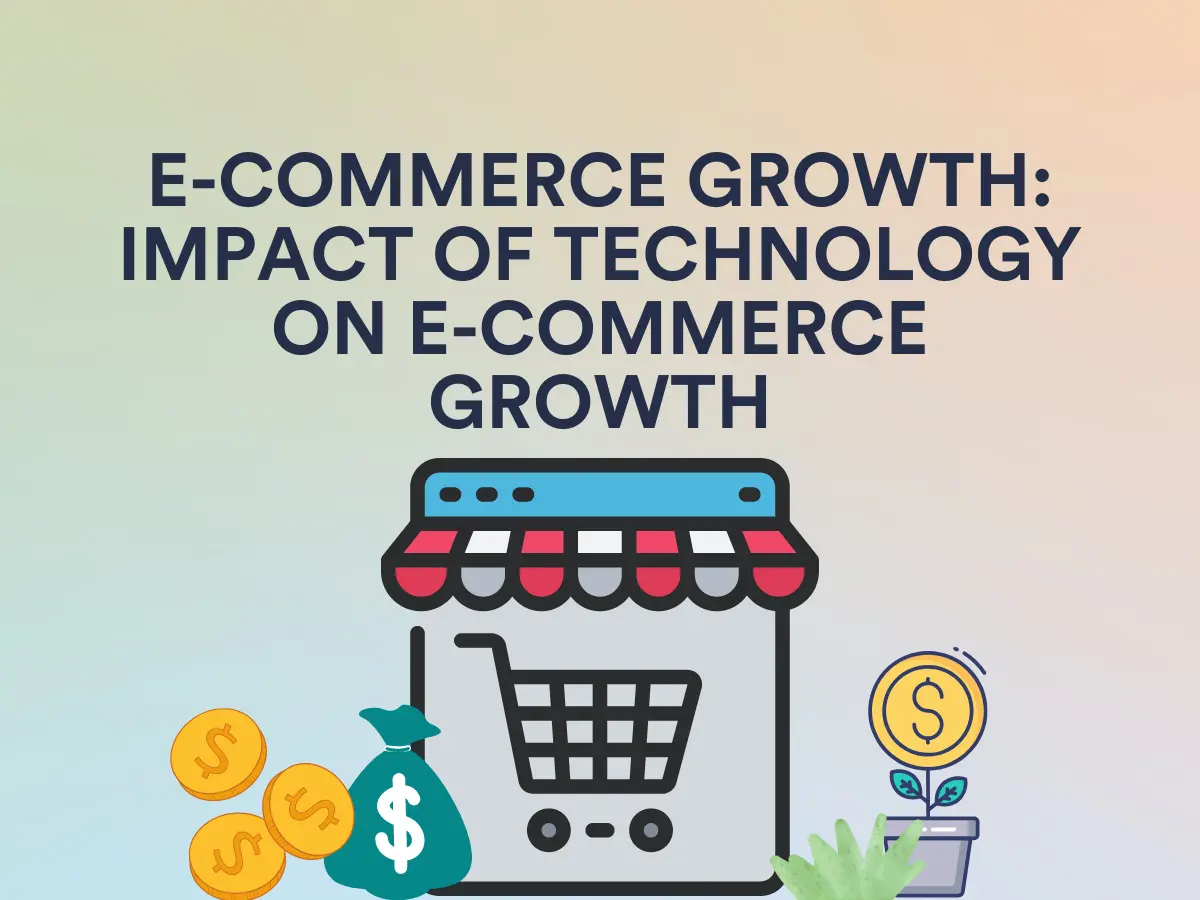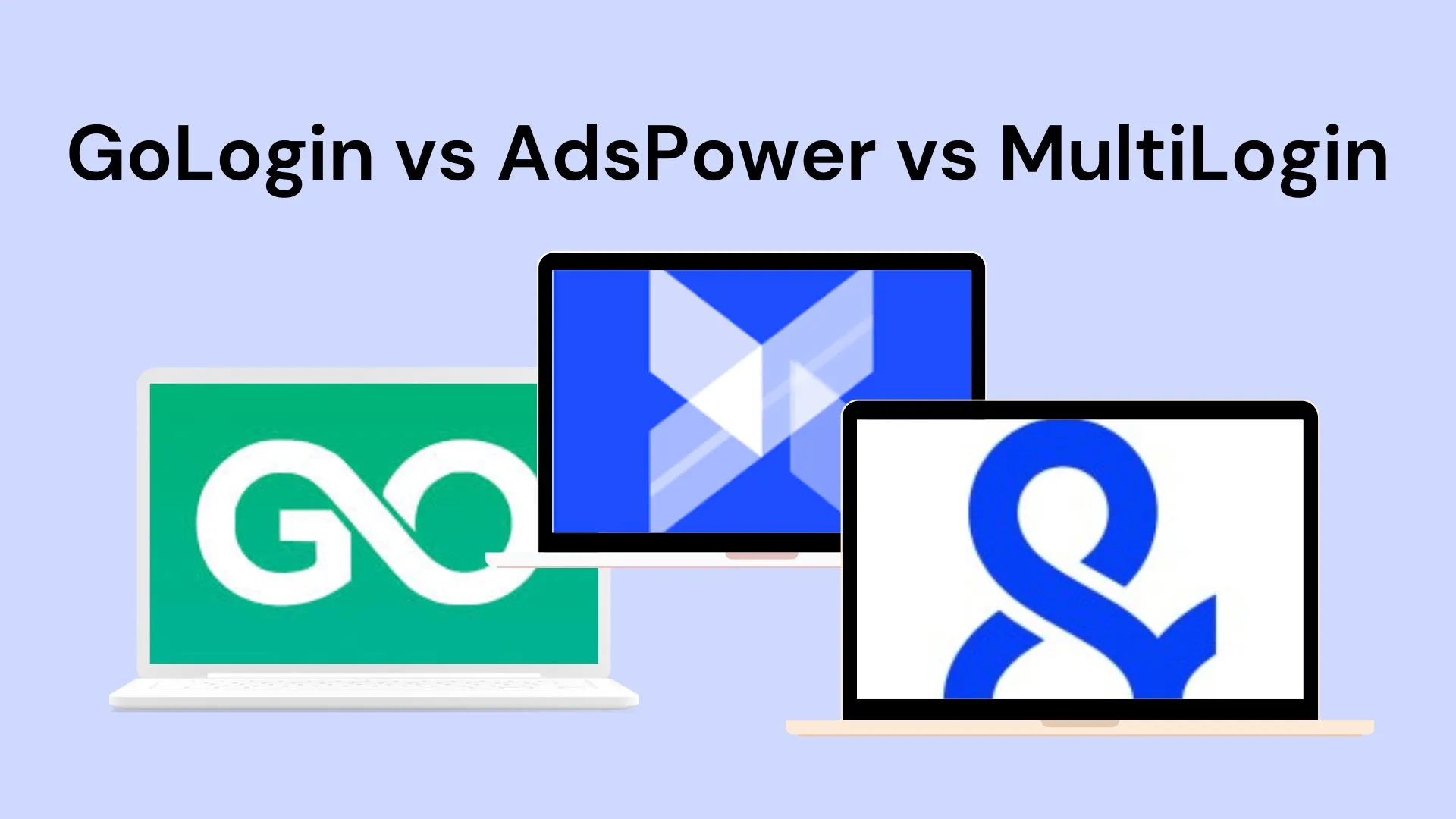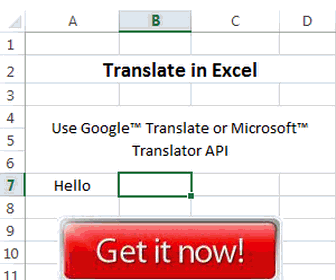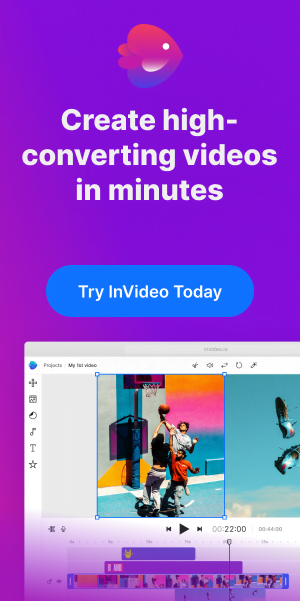So, you’ve got this awesome eCommerce website up and running, showcasing your passion and skills to the world. But let’s be real for a second – wouldn’t it be amazing if your website could not only be a platform for your creativity but also a source of income?
Implementing website monetization strategies is a great idea if you own a blogging business, an eCommerce business website, or a digital product website. You only need to have enough traffic and the right audience to monetize your website.
But, what is website monetization? Website monetization is the process of earning revenue from a website or online platform. It involves implementing strategies and mechanisms to generate income through various means.
Now, there are several website monetization strategies – selling digital products, showing banner and native ads, affiliate marketing, and more. However, the one you select must align with the existing content of your website and the interests of your audience.
In this blog, we’ll look at 12 website monetization strategies you can try.
13 Website Monetization Requirements
Before you can monetize your website, your website must meet up with several eligibility criteria. These criteria depend on the website monetization strategy you implement.
However, the same general rule of getting traffic and creating unique content applies.
Here are some key requirements to keep in mind when monetizing your website:
1. High-Quality Content
Before anything else, your website must have valuable, high-quality content that resonates with your target audience. Engaging and relevant content will attract and retain visitors, increasing the potential for successful monetization.
2. Clear Niche and Audience Understanding
Identify a clear niche, like a unique blogging niche, for your website and understand your target audience inside out. This knowledge will help you choose appropriate monetization methods that align with your audience’s interests and needs.
3. Legal Compliance
Ensure your website complies with all relevant laws and regulations, including copyright, privacy, and data protection laws. Display terms of service, privacy policies, and cookie notices to keep visitors informed.
4. User Experience (UX)
A positive user experience is crucial for website monetization. If you don’t know how to do this, you can ask your website developer for help.
Make sure your website is easy to navigate, loads quickly, and is mobile-friendly. Well-designed pages with intuitive layouts and minimal distractions lead to higher engagement and conversion rates.
5. Traffic and Audience Growth
Monetizing a website requires a steady flow of traffic. Focus on implementing effective search engine optimization (SEO), eCommerce marketing strategies, eCommerce social media marketing, and content marketing strategies to attract and grow your audience. There are several eCommerce marketing tools online to make this easier.
6. Transparent Disclosure
When using affiliate marketing or sponsored content, always disclose these partnerships clearly to your audience. Transparency builds trust and credibility with your visitors, fostering long-term relationships.
7. Secure Payment Processing
If you’re selling products, services, or subscriptions, ensure your website has a secure payment gateway to protect your customers’ sensitive information and facilitate smooth transactions.
8. Monetization Strategy
Develop a clear monetization strategy that aligns with your website’s goals and audience. It is a great idea to diversify your revenue streams. This will help you to reduce reliance on a single website monetization method.
9. Performance Tracking and Analytics
Implement website analytics to track the performance of your monetization efforts. Analyzing data will help you identify successful strategies, optimize underperforming ones, and make informed decisions.
10. Mobile Monetization Consideration
With the increasing number of mobile users, optimize your website for mobile devices and explore mobile app monetization strategies, such as mobile ads or in-app purchases.
11. Ad Policy and Placement
If using display advertising, establish a clear ad policy and choose ad placements that do not negatively impact user experience. Strike a balance between ads and content to maintain a pleasant browsing experience.
12. Flexibility and Adaptability
Be open to adapting your monetization approach as your website evolves. Market trends and user preferences may change, so staying flexible and agile is essential for sustained success.
13. Patience and Persistence
Monetizing a website is not an overnight process. It takes time and persistence to build an audience and establish revenue streams. Stay patient, continuously improve, and remain dedicated to achieving your goals.
How to Monetize Your Website
How can you monetize your website? Let’s find out!
Step 1: Define Your Monetization Goals
Before you begin, outline your specific monetization goals. Are you looking to generate a side income, create a full-time business, or simply cover your website’s operational costs? Understanding your objectives will shape your monetization strategy and help you measure your success along the way.
Step 2: Build an Engaging Website
If you haven’t already launched your tech website, start by creating a professional and engaging online platform. Choose a user-friendly website builder or content management system (CMS) that suits your needs. Ensure your site has a clean design, intuitive navigation, and mobile responsiveness to enhance the user experience.
Step 3: Know Your Audience Inside Out
As mentioned earlier, knowing your audience is paramount. Conduct thorough research to understand your target audience’s preferences, pain points, and interests. This knowledge will guide your content creation, product offerings, and marketing strategies, ensuring they resonate with your audience.
Step 4: Create High-Quality Content
Craft compelling, informative, and relevant content that speaks to your audience’s needs and interests. Consistency is key, so establish a content schedule and stick to it. Whether it’s tech news, in-depth tutorials, product reviews, or thought-provoking articles, make sure your content is well-researched and valuable.
Step 5: Choose Your Monetization Methods
Select the monetization methods that best align with your tech business idea, website’s niche, audience, and goals. Consider a mix of strategies, such as display ads, affiliate marketing, sponsored content, premium subscriptions, or selling digital products. Start with a few methods initially and expand as your website grows.
Step 6: Implement Display Advertising
If you’re going the ad route, set up an account with an ad network like Google AdSense. Customize the ad placements on your website, ensuring they complement your content without being intrusive. Track performance and experiment with different ad formats to optimize revenue.
Step 7: Embrace Affiliate Marketing
Identify reputable tech-related affiliate programs that align with your niche. Research and test the products or services before recommending them to your audience. Be transparent about affiliate links, and provide honest reviews to build trust with your readers.
Step 8: Explore Sponsored Content Opportunities
Reach out to tech brands or companies that align with your website’s theme and offer to create sponsored content. Ensure that sponsored posts maintain the same quality and style as your regular content while being transparent with your audience about the partnership.
Step 9: Create and Sell Digital Products
Leverage your expertise to develop digital products like e-books, online courses, or software tools. Use platforms like Gumroad, Podia, or SendOwl to manage sales and distribution effectively.
Step 10: Optimize User Experience and Engagement
Focus on improving user experience and engagement. Ensure your website loads quickly, is easy to navigate, and encourages interaction through comments, social media shares, and email subscriptions. Engaged users are more likely to support your monetization efforts.
Step 11: Promote Your Website and Monetization Efforts
Implement a marketing strategy to drive traffic to your website and attract potential customers. Utilize social media, email marketing, search engine optimization (SEO), and collaborations with other tech bloggers or influencers to expand your reach.
Step 12: Analyze and Adapt
Regularly monitor your website’s performance and analyze the success of your monetization efforts. Use website analytics to understand which methods yield the best results and adapt your strategies accordingly. Stay agile and be open to trying new approaches to keep your website thriving.
12 Best Monetization Platforms For Websites
There are several website monetization platforms available that offer various ways to generate revenue from your website.
Here are 12 popular website monetization platforms to consider:
- Google AdSense: One of the most well-known ad networks, Google AdSense allows you to display targeted ads on your website and earn revenue based on clicks and impressions.
- Media.net: Media.net is a contextual ad network that provides relevant display ads and native ads to publishers, helping to maximize ad revenue.
- Amazon Associates: Amazon’s affiliate marketing program allows you to promote and earn commissions on products sold through your affiliate links.
- ShareASale: ShareASale is an affiliate marketing network that connects publishers with a wide range of merchants and products to promote.
- Ezoic: Ezoic is an AI-based platform that optimizes ad placements to improve user experience and boost ad revenue through testing and automation.
- Teachable: If you create online courses, Teachable is a platform that enables you to host and sell your courses, handling payment processing and course delivery.
- Gumroad: Gumroad is an e-commerce platform that facilitates the sale of digital products, such as e-books, videos, software, and more.
- Patreon: Patreon allows creators to offer memberships and exclusive content to their supporters, providing a way for fans to support their favorite creators financially.
- Shopify: For those looking to set up an online store, Shopify provides an all-in-one e-commerce solution, including hosting, payment processing, and customizable templates.
- Thinkific: Thinkific is another platform for creating and selling online courses, offering tools for course creation, marketing, and student engagement.
- BuySellAds: BuySellAds is a direct advertising platform that connects website owners with advertisers looking for specific ad placements.
- Monumetric: Formerly known as The Blogger Network (TBN), Monumetric offers ad management services and works with publishers to optimize ad revenue.
These platforms provide various ways to monetize your website, from displaying ads to selling products and services.
Choose the platforms that best align with your website’s niche and goals, and consider combining multiple monetization methods for a diversified revenue stream.
How to Monetize a Website Without Ads
Monetizing a website without ads requires a different approach, focusing on other revenue streams that don’t rely on traditional display advertising. Here are several effective ways to generate income from your website without using ads:
- Affiliate Marketing: Partner with relevant companies and promote their products or services through affiliate links. Earn a commission for every sale or action generated through your referrals. Choose products that align with your website’s niche and cater to your audience’s needs.
- Digital Products and eCommerce: Create and sell digital products like e-books, online courses, software tools, templates, or digital art. You can also venture into the eCommerce business model by selling physical products related to your website’s niche.
- Memberships and Subscriptions: Offer premium content, services, or exclusive access to a dedicated audience willing to pay a recurring subscription fee. Providing additional value to paying members fosters a loyal community.
- Sponsored Content and Partnerships: Collaborate with brands, companies, or influencers to create sponsored content or joint ventures. Ensure that sponsored content aligns with your website’s theme and resonates with your audience.
- Donations and Crowdfunding: Include a donation option on your website for users who appreciate your content and wish to support your efforts. Alternatively, run crowdfunding campaigns for specific projects or initiatives.
- Online Courses and Webinars: Develop comprehensive online courses, webinars, or workshops related to your expertise. Platforms like Udemy or Teachable can help you reach a broader audience.
- Consulting and Services: Leverage your knowledge and skills to offer consulting services, coaching, or freelancing work related to your website’s niche.
- Sponsored Events and Workshops: Organize sponsored events, workshops, or conferences in collaboration with industry partners to provide value and attract attendees.
- Print on Demand (POD) Merchandise: Create custom merchandise related to your website’s theme through print-on-demand services. Offer T-shirts, mugs, phone cases, and more to your loyal audience.
- Software as a Service (SaaS): Develop and offer software tools or applications on a subscription basis to address specific needs in your website’s niche.
- Licensing and Selling Content: If you produce high-quality content, consider licensing it to other platforms or selling it as stock photos, videos, or graphics.
- Don’t Forget Email Marketing: Utilize email marketing to engage with your audience and promote your products, services, or offerings. Building an email list can be a valuable asset for monetization.
Final Words
Just like other lucrative tech business ideas and tech freelancing opportunities, the realm of website monetization is brimming with diverse opportunities for online entrepreneurs, content creators, and tech enthusiasts alike.
While traditional ads have long been a go-to strategy, today’s landscape offers a wide array of alternative methods that can be even more effective in generating revenue without compromising the user experience.
In the end, striking the right balance between profitability and user satisfaction is key.


